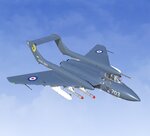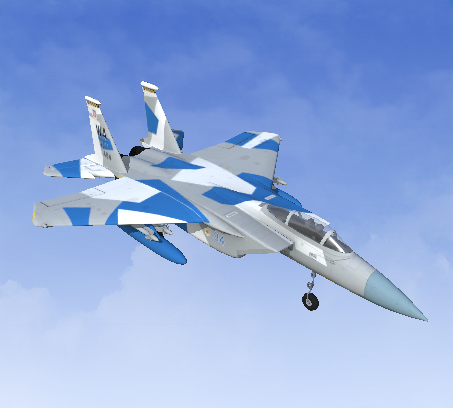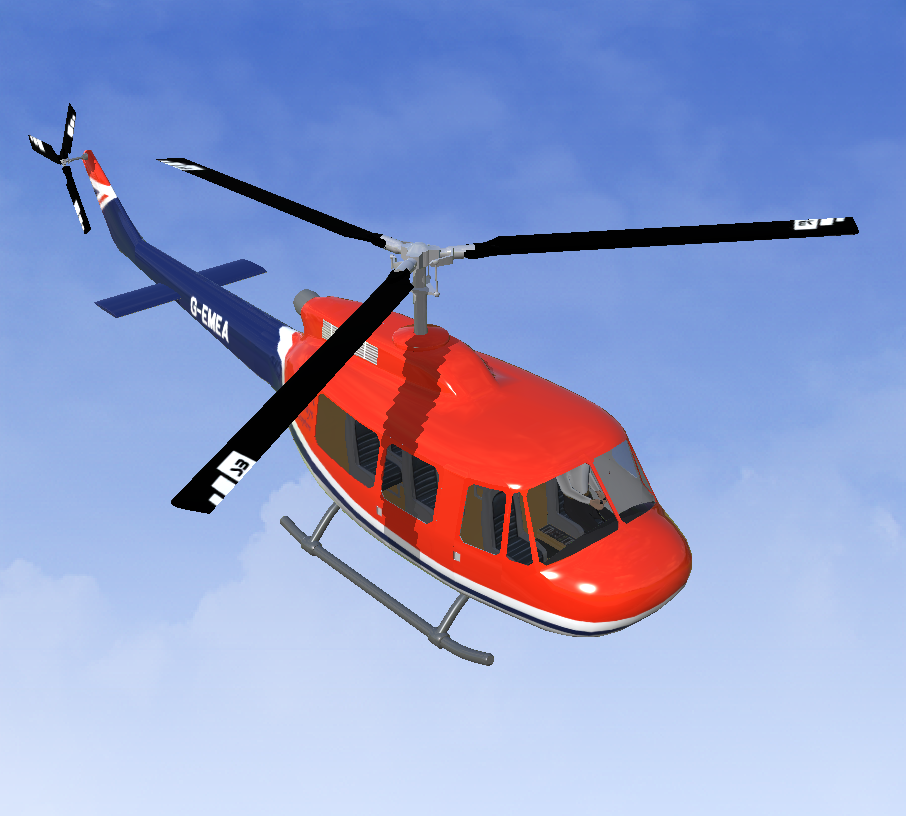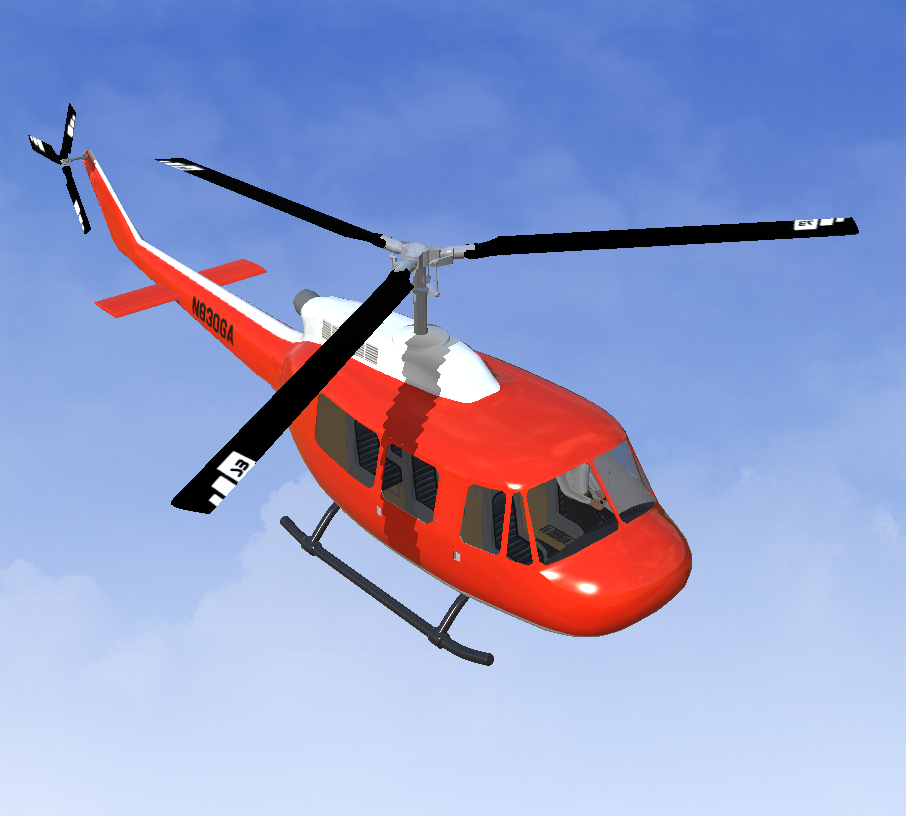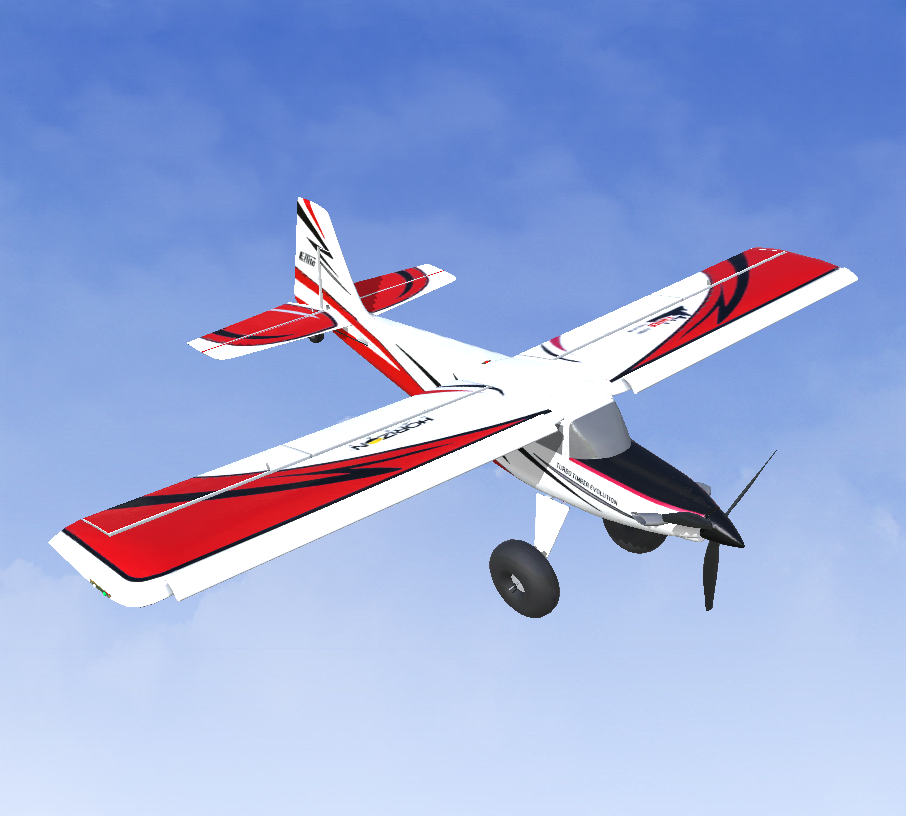The de Havilland DH.110 Sea Vixen is a British twin-engine, twin boom-tailed, two-seat, carrier-based fleet air-defense fighter flown by the Royal Navy's Fleet Air Arm during the 1950s through to the early 1970s.
The Sea Vixen was designed by the de Havilland Aircraft Company during the late 1940s at its Hatfield aircraft factory in Hertfordshire, developed from the company's earlier first generation jet fighters.
It was later called the Hawker Siddeley Sea Vixen after de Havilland was absorbed by the Hawker Siddeley Corporation in 1960.
The Sea Vixen had the distinction of being the first British two-seat combat aircraft to achieve supersonic speed, albeit not in level flight.
There has been no airworthy Sea Vixen since the crash landing in 2017 (nose gear stuck retracted) when
G-CVIX was returning to its home base after performing at the Duxford air show.
Normal flight controls for the Interlink-X
3way switch:
Switch up (towards you) ready to fly.
Switch center position, canopy and radio operators hatch opens.
Switch down, wings fold.
Back left slider, drops missiles.
Back right slider, airbrakes.
Tail Hook operates with flaps.
The Sea Vixen was designed by the de Havilland Aircraft Company during the late 1940s at its Hatfield aircraft factory in Hertfordshire, developed from the company's earlier first generation jet fighters.
It was later called the Hawker Siddeley Sea Vixen after de Havilland was absorbed by the Hawker Siddeley Corporation in 1960.
The Sea Vixen had the distinction of being the first British two-seat combat aircraft to achieve supersonic speed, albeit not in level flight.
There has been no airworthy Sea Vixen since the crash landing in 2017 (nose gear stuck retracted) when
G-CVIX was returning to its home base after performing at the Duxford air show.
Normal flight controls for the Interlink-X
3way switch:
Switch up (towards you) ready to fly.
Switch center position, canopy and radio operators hatch opens.
Switch down, wings fold.
Back left slider, drops missiles.
Back right slider, airbrakes.
Tail Hook operates with flaps.


